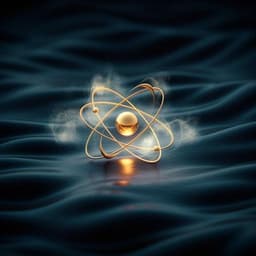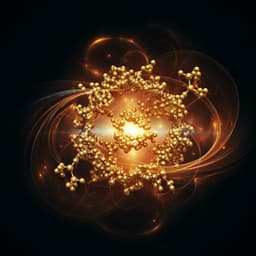
Chemistry
Closing Kok's cycle of nature's water oxidation catalysis
Y. Guo, L. He, et al.
Discover how the Mn4CaO5(6) cluster in photosystem II orchestrates the fascinating process of water splitting. This study unveils a novel mechanism for the S0-state reconstitution, shedding light on structural flexibility's role in water oxidation catalysis, conducted by Yu Guo, Lanlan He, Yunxuan Ding, Lars Kloo, Dimitrios A. Pantazis, Johannes Messinger, and Licheng Sun.
Playback language: English
Related Publications
Explore these studies to deepen your understanding of the subject.







